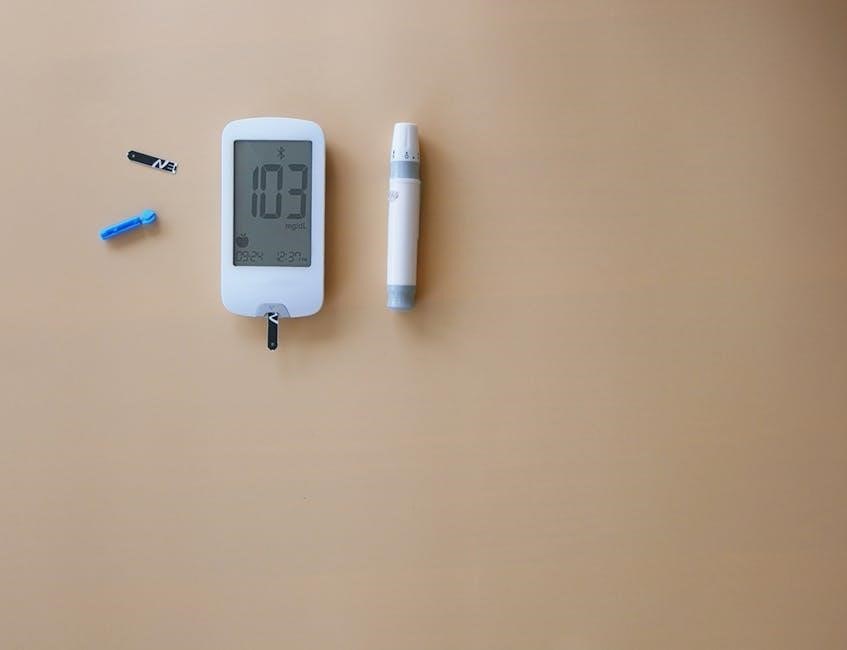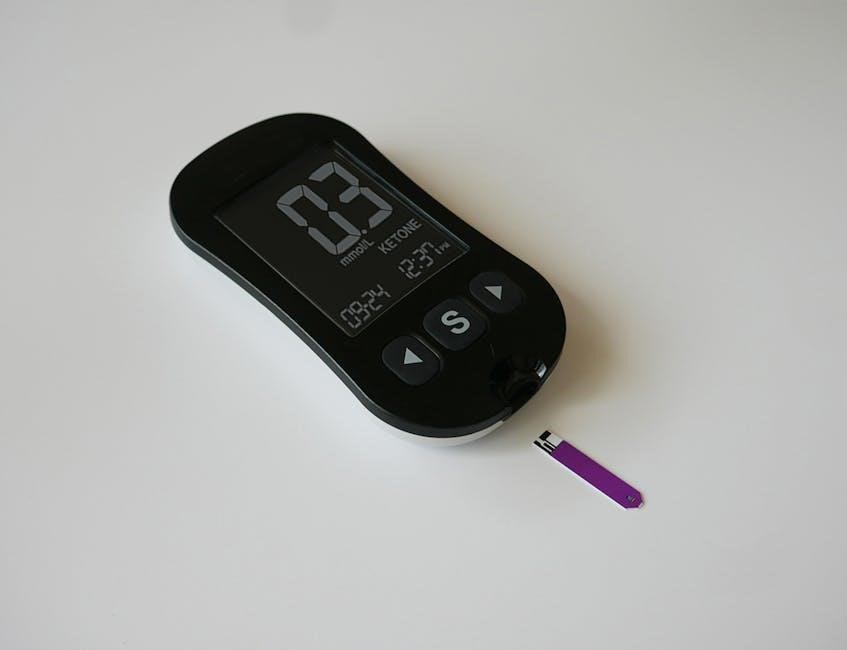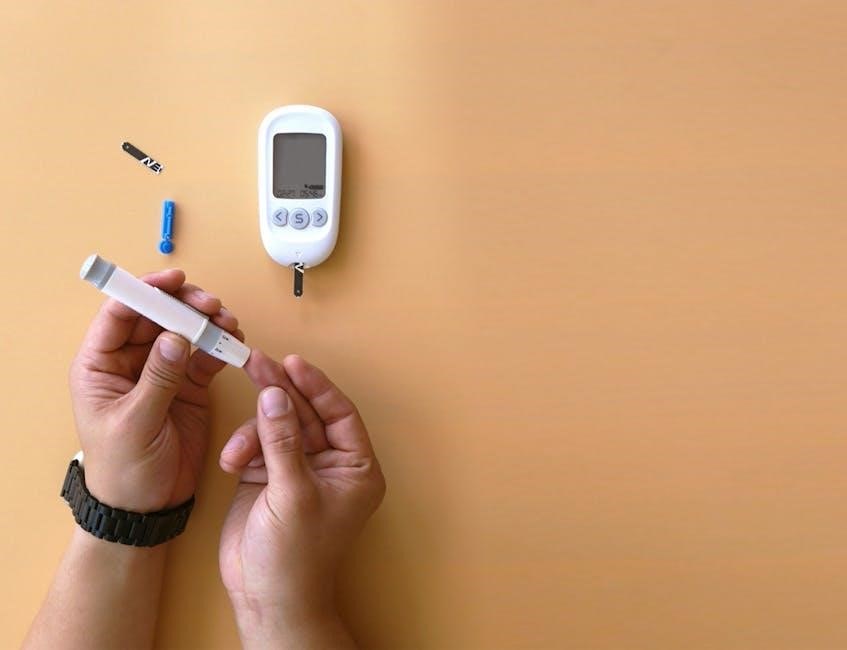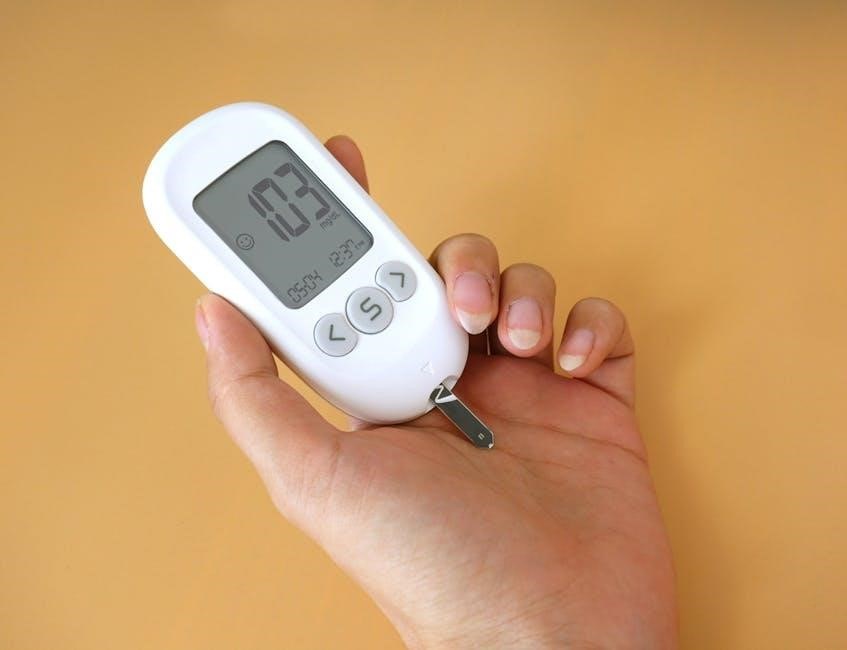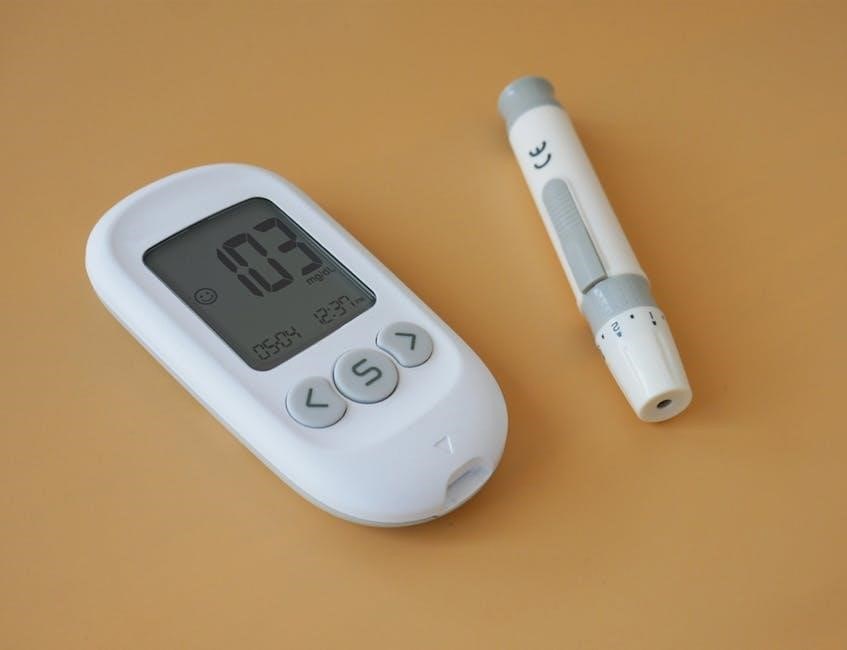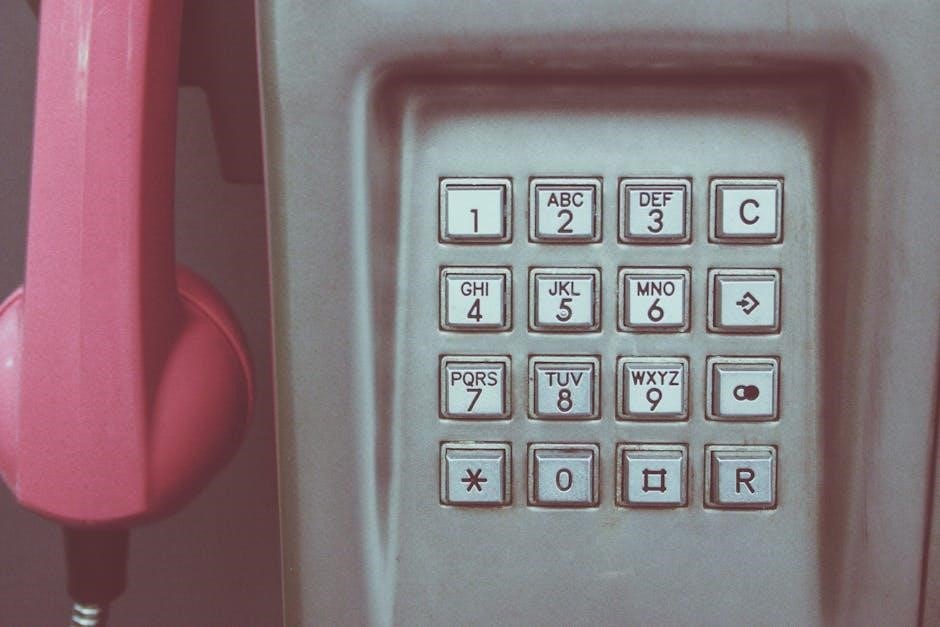texte d’opinion exemple pdf
An opinion text is a written piece where the author presents their viewpoint on a specific topic‚ supported by arguments and evidence․ It is a common form of argumentative writing‚ often used in editorials‚ articles‚ and academic settings․ The goal is to persuade or inform the reader‚ encouraging them to consider the author’s perspective․ Opinion texts are structured to clearly express a personal stance‚ making them a powerful tool for communication and debate․
1․1․ What is an Opinion Text?
An opinion text is a type of written document where the author clearly expresses their personal viewpoint on a specific topic․ It is an argumentative text that requires the author to build a reasoning process based on reliable data and information to demonstrate the validity of their perspective․ Opinion texts are commonly found in editorials‚ articles‚ and academic writings‚ and they serve to engage the reader‚ influence their thoughts‚ or provoke reflection․ The author’s goal is to convince or inform the audience by presenting a well-structured argument supported by evidence‚ examples‚ and logical conclusions․ Opinion texts often follow a clear structure‚ including an introduction‚ development‚ and conclusion‚ to effectively communicate the author’s stance․ They are essential tools for expressing ideas‚ defending a position‚ and encouraging critical thinking․ By using persuasive language and logical flow‚ opinion texts aim to leave a lasting impact on the reader․

1․2․ Importance of Opinion Texts
Opinion texts play a crucial role in fostering dialogue‚ critical thinking‚ and the exchange of ideas․ They allow individuals to express their perspectives on various topics‚ from social issues to cultural debates‚ and encourage readers to engage with different viewpoints․ Opinion texts are essential in media‚ academia‚ and personal communication‚ as they provide a platform for persuasion‚ reflection‚ and informed decision-making․ By presenting well-supported arguments‚ opinion texts help readers evaluate evidence‚ challenge assumptions‚ and form their own opinions․ They also serve as tools for social commentary‚ addressing contemporary challenges and sparking meaningful conversations․ The ability to write and understand opinion texts is vital for effective communication‚ as it promotes empathy‚ understanding‚ and intellectual growth․ Whether in editorials‚ academic essays‚ or personal blogs‚ opinion texts empower individuals to voice their thoughts and contribute to societal discourse․ Their importance lies in their ability to inspire‚ inform‚ and influence‚ making them a cornerstone of written communication․

Structure of an Opinion Text
An opinion text typically follows a clear structure: introduction‚ development‚ and conclusion; The introduction presents the thesis‚ the development supports it with arguments and evidence‚ and the conclusion summarizes the main points‚ reinforcing the author’s viewpoint․
The introduction of an opinion text is crucial as it sets the tone and presents the author’s thesis statement․ It should engage the reader and clearly outline the main argument or viewpoint․ A strong introduction often includes a hook to capture attention‚ followed by background information to contextualize the topic․ The thesis statement is typically placed at the end of the introduction‚ summarizing the author’s stance and guiding the reader through the rest of the text․ A well-crafted introduction ensures that the reader understands the purpose and direction of the opinion text‚ making it easier to follow the subsequent arguments and evidence․ By effectively introducing the topic and thesis‚ the author lays a solid foundation for a persuasive and coherent opinion text․
2․2․ Development
The development section of an opinion text elaborates on the thesis statement‚ presenting supporting arguments and evidence․ This part of the text is where the author builds their case‚ ensuring each argument is clearly explained and backed by relevant facts‚ examples‚ or data․ Logical flow is essential‚ with each paragraph focusing on a single idea and transitioning smoothly to the next․ The development should address potential counterarguments‚ demonstrating a balanced understanding of the topic while reinforcing the author’s position․ Effective use of persuasive language and rhetorical devices can enhance the convincing power of the arguments․ By thoroughly developing their ideas‚ the author strengthens the overall persuasiveness of the opinion text‚ making it more engaging and credible for the reader․
2․3․ Conclusion
The conclusion of an opinion text serves as the final statement‚ summarizing the key arguments and reinforcing the thesis․ It provides a clear and impactful ending‚ leaving the reader with a lasting impression of the author’s viewpoint․ In this section‚ the author should avoid introducing new information and instead focus on restating the main points in a concise manner․ Effective conclusions often include a call to action or a thought-provoking statement to engage the reader further․ It is important to maintain a logical flow‚ ensuring that the conclusion ties back to the introduction and development seamlessly․ A strong conclusion enhances the overall effectiveness of the opinion text‚ solidifying the author’s position and encouraging the reader to reflect on the presented arguments․

Key Components of an Opinion Text
A well-crafted opinion text includes a clear thesis‚ logical arguments‚ and persuasive evidence․ It also requires effective transitions and a strong conclusion to reinforce the author’s viewpoint and engage the reader thoughtfully with coherence and impact․

3․1․ Clear Thesis Statement
A clear thesis statement is the foundation of an effective opinion text․ It concisely presents the author’s main argument or viewpoint‚ ensuring the reader understands the central idea from the outset․ A strong thesis is specific‚ focused‚ and arguable‚ guiding the entire text’s structure and content․ It should avoid ambiguity‚ providing a roadmap for the arguments to follow․ For example‚ in an opinion text about the importance of artistic education‚ the thesis might state‚ “Artistic education is essential for fostering creativity and critical thinking in students․” This statement sets the tone and direction‚ making it easier for the reader to engage with the supporting arguments and evidence․ Without a clear thesis‚ the text risks being vague and disjointed‚ losing its persuasive power․
3․2․ Supporting Arguments
Supporting arguments are the backbone of an opinion text‚ providing the necessary evidence and reasoning to validate the thesis statement․ These arguments should be logical‚ well-organized‚ and directly related to the central claim․ Each argument is typically developed in a separate paragraph‚ ensuring clarity and coherence․ For instance‚ in a text arguing for the impact of social networks on society‚ one supporting argument might focus on how platforms foster global connectivity‚ while another could address concerns about privacy and data security․ Effective supporting arguments are backed by credible sources‚ such as statistics‚ expert opinions‚ or real-life examples‚ to enhance their persuasiveness․ The use of transitional phrases and connectors‚ like “firstly‚” “additionally‚” and “however‚” helps maintain a smooth flow between ideas․ By presenting multiple‚ well-supported arguments‚ the author strengthens their position‚ making the text more convincing and engaging for the reader․
3․3․ Evidence and Examples
Evidence and examples are essential components of an opinion text‚ serving as the foundation for supporting arguments and reinforcing the thesis statement․ They provide concrete proof to validate the author’s claims‚ making the text more persuasive and credible․ For instance‚ in an opinion text discussing the importance of artistic education‚ the author might cite studies showing improved academic performance among students engaged in arts programs․ Examples can be statistical‚ anecdotal‚ or factual‚ depending on the context․ Including specific instances helps illustrate key points and makes the text relatable․ For example‚ when arguing about the impact of social networks‚ the author could reference a study linking social media usage to mental health trends․ Properly integrating evidence and examples ensures the text is well-supported and logically coherent․ Additionally‚ citing credible sources enhances the author’s authority and strengthens the reader’s confidence in the argument․ By combining evidence with examples‚ the text becomes more engaging and persuasive‚ effectively convincing the audience of the author’s viewpoint․

3․4․ Logical Conclusions
A logical conclusion is the final step in an opinion text‚ summarizing the main arguments and reinforcing the thesis statement․ It provides a clear and concise restatement of the author’s viewpoint‚ ensuring the reader is left with a strong impression of the writer’s position․ A well-crafted conclusion ties together the evidence and examples presented‚ emphasizing their significance and relevance to the topic․ The conclusion should not introduce new information but rather synthesize the existing material to highlight the validity of the argument․ Effective conclusions often end with a thought-provoking statement or a call to action‚ encouraging the reader to reflect on the issue or consider the author’s perspective․ Properly structured‚ a logical conclusion strengthens the overall coherence of the text and leaves the audience with a clear understanding of the author’s stance․ It is essential to maintain clarity and avoid emotional appeals without evidence to ensure the conclusion remains persuasive and credible․
Examples of Opinion Texts
Opinion texts often address contemporary issues‚ such as the importance of artistic education or the impact of social networks on society․ These examples demonstrate how to structure and argue an opinion effectively‚ providing clear evidence and persuasive language to support a viewpoint․
4․1․ Example 1: Importance of Artistic Education
In one example of an opinion text‚ the author argues that artistic education is essential for fostering creativity and critical thinking in students․ They emphasize that while subjects like math and science are crucial‚ art education helps students develop their imaginations and express their unique perspectives․ The text highlights how engaging in arts like music‚ painting‚ or theater can improve cognitive skills and emotional intelligence․ The author also points out that societies with strong artistic traditions often produce innovative thinkers and leaders․ They conclude by advocating for the inclusion of artistic education in school curricula‚ arguing that it prepares students for a dynamic and ever-changing world․ This example demonstrates how to present a clear opinion supported by logical arguments and evidence‚ making it a compelling case for the importance of artistic education․
4․2․ Example 2: Impact of Social Networks

In another example of an opinion text‚ the author explores the impact of social networks on modern society․ They argue that while platforms like Facebook and Instagram have revolutionized communication and connectivity‚ they also pose significant challenges․ The text highlights how social networks have enabled global interactions‚ fostering cultural exchange and awareness․ However‚ the author also critiques the negative effects‚ such as privacy concerns‚ cyberbullying‚ and the spread of misinformation․ They emphasize the need for responsible use and regulation to mitigate these issues․ The author supports their arguments with examples of both positive outcomes‚ like social movements gaining traction online‚ and negative consequences‚ such as mental health impacts from excessive screen time․ This opinion text serves as a balanced analysis‚ urging readers to consider both the benefits and drawbacks of social networks in shaping our world․

Writing an Effective Opinion Text
Writing an effective opinion text involves presenting a clear thesis‚ supporting it with logical arguments‚ and using persuasive language․ Ensure a logical flow‚ backing claims with evidence‚ and addressing counterarguments to strengthen your position and engage readers effectively․
5․1․ Choosing a Relevant Topic
Choosing a relevant topic is crucial for writing an effective opinion text․ Select a subject that is current‚ specific‚ and meaningful to your audience․ Ensure it aligns with your expertise or passion to maintain authenticity․ Avoid overly broad topics; instead‚ narrow your focus to a specific angle or issue within a larger subject․ For example‚ instead of writing about “social media‚” focus on “the impact of social media on mental health among teenagers․” Consider your audience and choose a topic that resonates with their interests or concerns․ Additionally‚ pick a topic that allows for credible evidence and examples to support your arguments; A well-chosen topic will engage readers‚ provide clarity‚ and make your opinion text more persuasive and impactful․ Always ensure your topic is feasible to research and argue within the word limit of your text․
5․2․ Using Persuasive Language
Using persuasive language is essential for making your opinion text compelling and convincing․ Employ rhetorical techniques such as rhetorical questions‚ metaphors‚ and analogies to engage your audience․ Emotive language can evoke feelings and create empathy‚ while strong adjectives and verbs add force to your arguments․ Use phrases like “undeniably‚” “clearly‚” or “without a doubt” to emphasize the validity of your points․ Additionally‚ incorporate logical transitions to connect your ideas smoothly‚ ensuring a coherent flow of thought․ Persuasive language should be tailored to your audience‚ addressing their values‚ beliefs‚ and concerns․ Avoid vague statements; instead‚ use specific examples and facts to strengthen your case․ Remember‚ the goal is to influence the reader’s opinion‚ so choose words and phrases that resonate with them․ By combining emotional appeal with logical reasoning‚ you can create a persuasive and memorable opinion text that leaves a lasting impression on your audience․
5․3․ Ensuring Logical Flow

Ensuring logical flow is crucial for the clarity and persuasiveness of an opinion text․ A well-structured text guides the reader through your arguments seamlessly‚ making it easier to follow and accept your viewpoint․ Start by introducing your thesis statement‚ then develop each argument in separate paragraphs‚ and conclude by summarizing your main points․ Use transition words and phrases such as “however‚” “additionally‚” or “therefore” to connect ideas logically․ Each paragraph should focus on a single idea‚ supported by evidence or examples‚ to maintain coherence․ Avoid jumping between unrelated points‚ as this can confuse the reader․ The flow should follow a clear progression‚ starting with your strongest argument and building toward a persuasive conclusion․ Using a consistent tone and language also helps maintain the logical flow․ Finally‚ revise your text to ensure that each sentence and paragraph leads naturally to the next‚ creating a smooth and convincing narrative that reinforces your opinion․
Common Mistakes to Avoid
When writing an opinion text‚ avoid weak or unsupported arguments‚ as they undermine credibility․ Emotional appeals without evidence can alienate readers․ Poor organization‚ such as lack of transitions or unclear structure‚ hinders comprehension and persuasiveness․
6․1․ Weak or Unsupported Arguments
One of the most common mistakes in opinion writing is presenting weak or unsupported arguments․ This occurs when claims lack credible evidence or logical reasoning‚ making them unconvincing to readers․ Without strong factual or experiential backing‚ arguments lose their persuasive power and may appear baseless or biased․

For example‚ stating that “social media is harmful” without providing statistics or studies to support this claim weakens the argument․ Similarly‚ relying solely on personal opinions without addressing counterpoints can make the text less credible․ Readers expect well-rounded reasoning and evidence to justify the author’s stance․
To avoid this‚ writers should ensure each argument is supported by relevant data‚ examples‚ or expert opinions․ Additionally‚ acknowledging potential counterarguments and refuting them strengthens the overall position․ By doing so‚ the text becomes more balanced‚ persuasive‚ and intellectually rigorous․
6․2․ Emotional Appeals Without Evidence
Another common mistake in opinion writing is relying heavily on emotional appeals without supporting evidence․ While emotions can engage readers‚ they alone are insufficient to build a convincing argument․ Without factual backing‚ emotional appeals can come across as manipulative or insincere‚ undermining the text’s credibility․
For instance‚ a statement like “This policy will ruin countless lives” grabs attention but lacks substance․ Readers need evidence‚ such as statistics or real-life examples‚ to understand why the policy might have such consequences․ Emotional language without context can alienate audiences seeking logical reasoning․
To avoid this‚ writers should balance emotional appeals with concrete evidence; By providing clear examples and logical explanations‚ the argument becomes more persuasive and respectful of the reader’s intelligence․ This approach strengthens the text’s impact and ensures the message resonates effectively․
6․3․ Poor Organization
Poor organization is a significant mistake that can weaken the effectiveness of an opinion text․ A well-structured text guides the reader through the argument‚ ensuring clarity and coherence․ However‚ when the content is disorganized‚ it becomes difficult for readers to follow the logic‚ leading to confusion and disengagement․
A common issue is the lack of a clear introduction‚ development‚ and conclusion․ Without these essential sections‚ the text may appear fragmented․ Additionally‚ failing to use transition words or phrases can cause ideas to feel disconnected‚ making the argument less persuasive․
To avoid poor organization‚ it’s crucial to outline the text before writing․ Start with a strong thesis statement‚ develop each argument in separate paragraphs‚ and conclude by summarizing the main points․ Ensuring a logical flow will help readers understand and engage with the opinion presented․ Proper organization enhances readability and strengthens the overall impact of the text․











